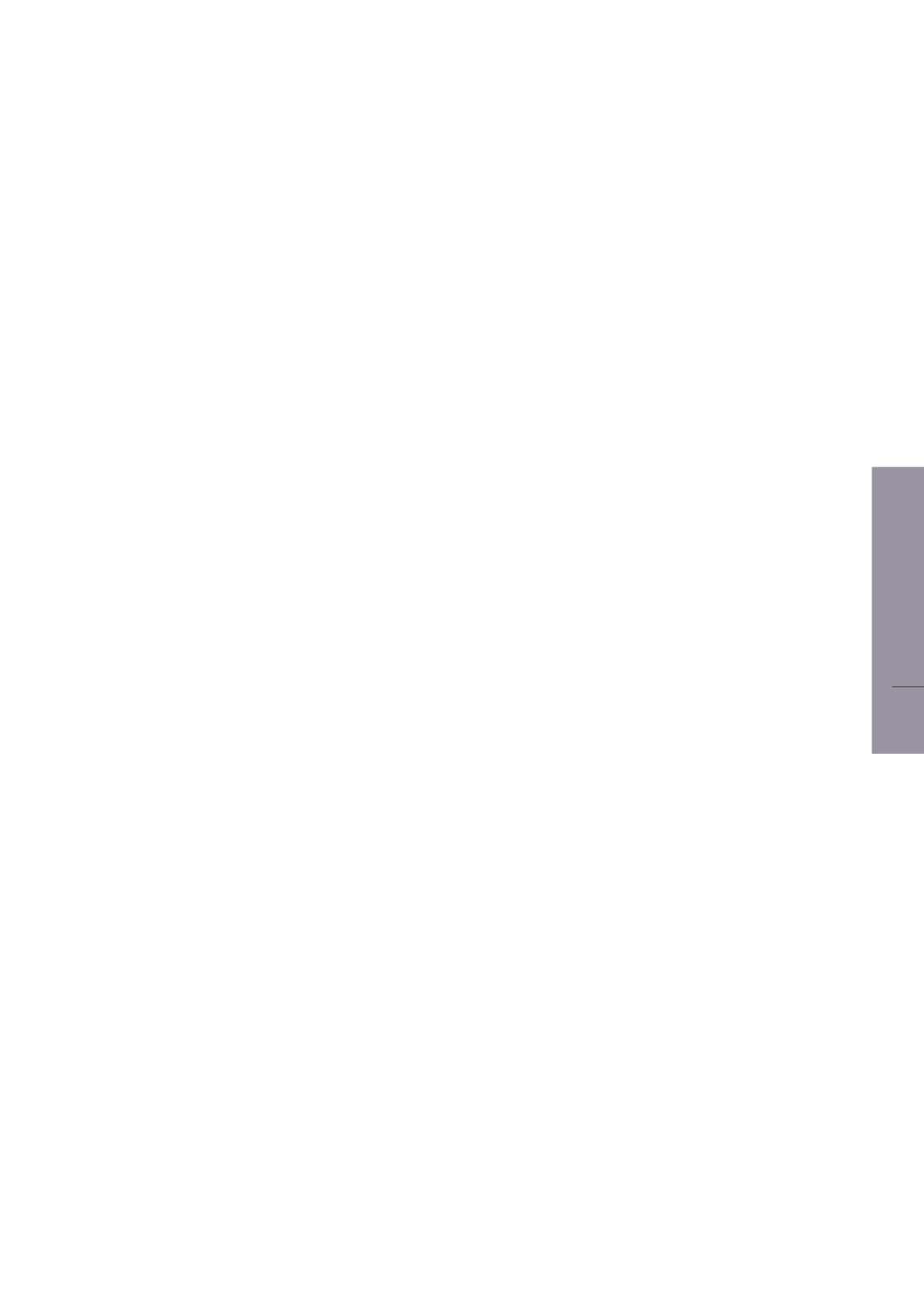

77
Main features of the internal control and risk management
procedures put in place by LISI SA relating to the preparation and
processing of accounting and financial information
Internal audit repository
The Internal Control Department developed a new Internal Audit
Repository in 2011 based on a Questionnaire of 134 questions that
cover all of the Internal Control Manual processes: Purchasing, Capital
Expenditures, Sales, Inventories, Cash, and Human Resources.
In 2015, this questionnaire was reviewed in order to improve internal
control standards. Accordingly, an additional process comprising
24 questions was introduced for the control of our IT systems. It was
revised in October 2017 in coordination with the IT Departments of the
three divisions. The number of questions was reduced to 22.
Audits have been used since 2012 to validate (or invalidate) the level
of internal audit achieved in each of the business units; they have
continued throughout the whole of 2017 with 12 audit tasks completed.
The Group’s overall score level remained stable at 84% and above our
conventional minimum of 80%.
We feel that the stiffening of the internal control requirements caused
a loss of about 6 points on the scores achieved in 2017, while the impact
of the Chapter “Information Systems” would be approximately 1 point.
A more detailed analysis by division shows that:
■■
LISI AEROSPACE maintained its score of 82% from last year;
■■
LISI AUTOMOTIVE’s score fell by 2 points but still remains good at 85%;
■■
LISI MEDICAL’s score increased by 5 points to 86%.
Finally, a process analysis indicates that, with the exception of the
IT Systems cycle, all other processes have now achieved above our
conventional 80% standard.
Lastly, in 2017, the Internal Audit Department continued its good
practices efforts through the promotion of ICCS (Internal Control
Committees). These CCIs bring the internal audit referents in the
divisions together with the Managers concerned depending on the
topics addressed: HR, IS, Inventories etc. This work will of course be
continued in 2018 with the development of processes for the SAPIN 2
law, due diligence and the GDPR (protection of personal data).
Risk mapping
The main risks identified in the context of the budget and strategic
planning in the medium term belong to four categories:
■■
market risks to be anticipated as accurately as possible within all
divisions:
■■
possible effects of over-stocking based on the current contracts;
■■
strong downward pressure on non-contractual prices;
■■
missed opportunities on major newmarkets;
■■
marginalization due to insufficient size in a context of market player
concentration.
Industrial challenges:
■■
essential productivity programs to be carried out to sustain certain
industrial processes and maintain competitiveness in high cost areas,
sometimes accompanied by reconversion in the more attractive
segments of the business;
■■
launches of new products which are technically very challenging;
■■
customer requirements that are impossible to achieve;
■■
securityrisksregardingassetsoncertainsites:flooding,firedetection
and fire prevention, for which relocation projects are under study and
or underway;
■■
installations deemed critical for which prevention and security plans
must be initiated.
Fraud
TheLISI Group is regularly the subject of attempted fraud, in themajority
by identity theft. The alert procedure established in 2013 is still in force.
Profitability assessment of major investments
As part of the procedure for investment commitments described in the
internal audit manual, audits for measuring the achievement of criteria
(Payback and ROI) are routinely performed on a polling basis within two
years after the completion of major projects for the Group.
CONCLUSION
The Group finds the standard of internal audit appropriate to the size and
typology of the risks identified.
In 2018, theGroupwill focus on continuing its internal control strategy to:
■■
respond to the Group’s growth and quickly bring all Group entities into
line with the COS (Controlling Operating System) and audit standards;
■■
raise the internal audit ratings of sites whose scores are below the
Group standard of 80%;
■■
deploy a risk-based approach via the software solution set up, and
harmonize its processes with all strategic and operational action
plans;
■■
implement anti-corruption measures in accordance with the Sapin
Law, along with its associated alert measures, and comply with due
diligence and management of personal data.
Additional information
■■
Deductible expenses for tax purposes aremade up of depreciation and
rental of passenger vehicles totaling €22,252.
■■
LISI S.A. has, through a market maker’s contract with an independent
service provider, purchased 597,181 LISI shares for €22.6 million and
has sold 600,570 shares for a sum of €22.5 million. At December 31,
2017, the number of shares held through the market maker’s contract
was 19,289.
■■
Treasury shares held at December 31, 2017 totaled 976,887 shares,
including those related to the market maker’s contract.
■■
Accounts payable amounted to €1,397 and 90%of suppliers, excluding
fixed asset suppliers, were paid in cash.
LISI 2017 FINANCIAL REPORT
COMPANY FINANCIAL STATEMENTS
4


















